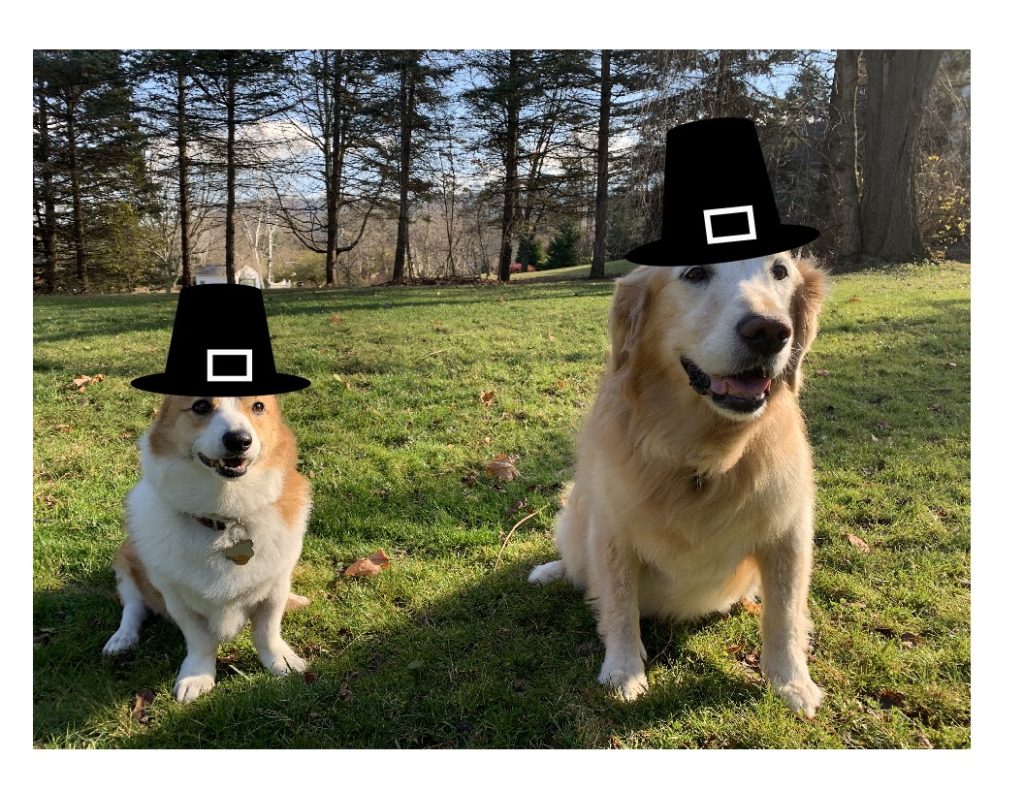Making Ourselves Believe the Make-Believe
![]() A hallmark of well-crafted fiction is when readers effortlessly suspend their disbelief. Creating good fiction calls for writers to suspend their disbelief as well.
A hallmark of well-crafted fiction is when readers effortlessly suspend their disbelief. Creating good fiction calls for writers to suspend their disbelief as well.
For instance, to write our ghost story we need to convincingly portray a world in which ghosts exist, so we have to embrace that alternate reality. In our Divided Man series, it was extra-terrestrials, nanotech, and psychic powers. In the Music series, it was something else (which you will not be able to guess, ever, we guarantee that), and in the Science series it was immortality. Each story we tell gives consensus reality its own unique twist, which on a certain level becomes “true” for us also. That immersion is crucial for us to bring richness to the setting, and to keep its physical laws consistent.
And that’s the easy part. Writing a novel calls for the author to see the world through potentially disturbing eyes. Could be a cult leader, a mad scientist, a serial killer, or a televangelist. If you’re a nice person — which we’re sure you are — the behavior of such characters seems unthinkable to you. Then again, you’d probably make a rather dull bad guy. Every villain is the hero of their story. They believe in what they’re doing. So the writer must be able to believe in it too, at least while they’re writing. This is still true even if the villain isn’t a POV character! Like an evil marionette, it’s relying on you to pull its strings.
A writing partner is someone who encourages delusional ideation, but only when you’re on the clock.

